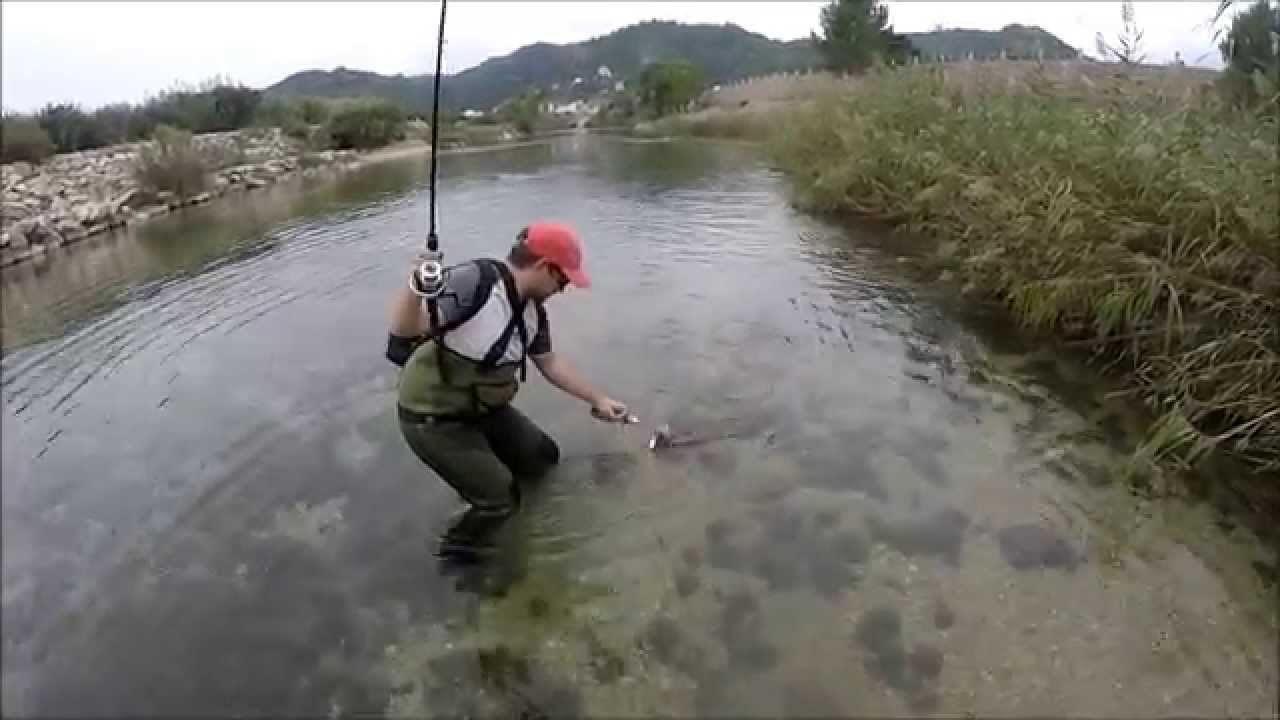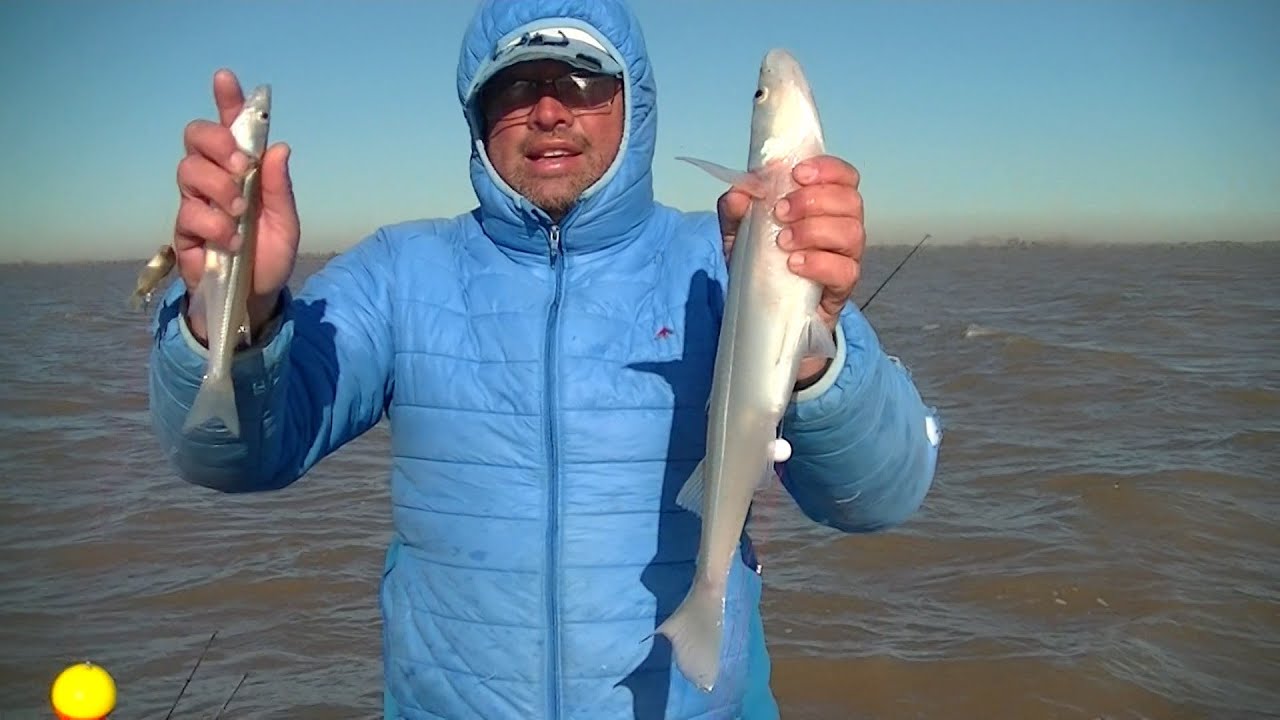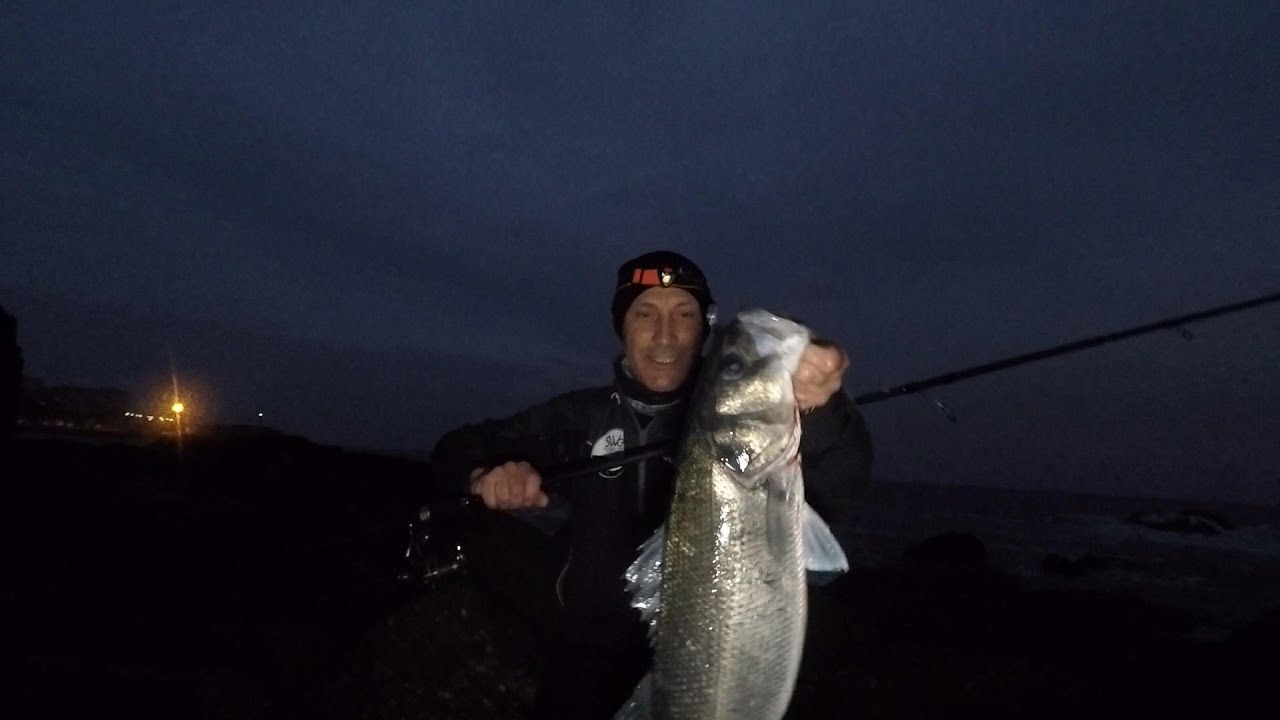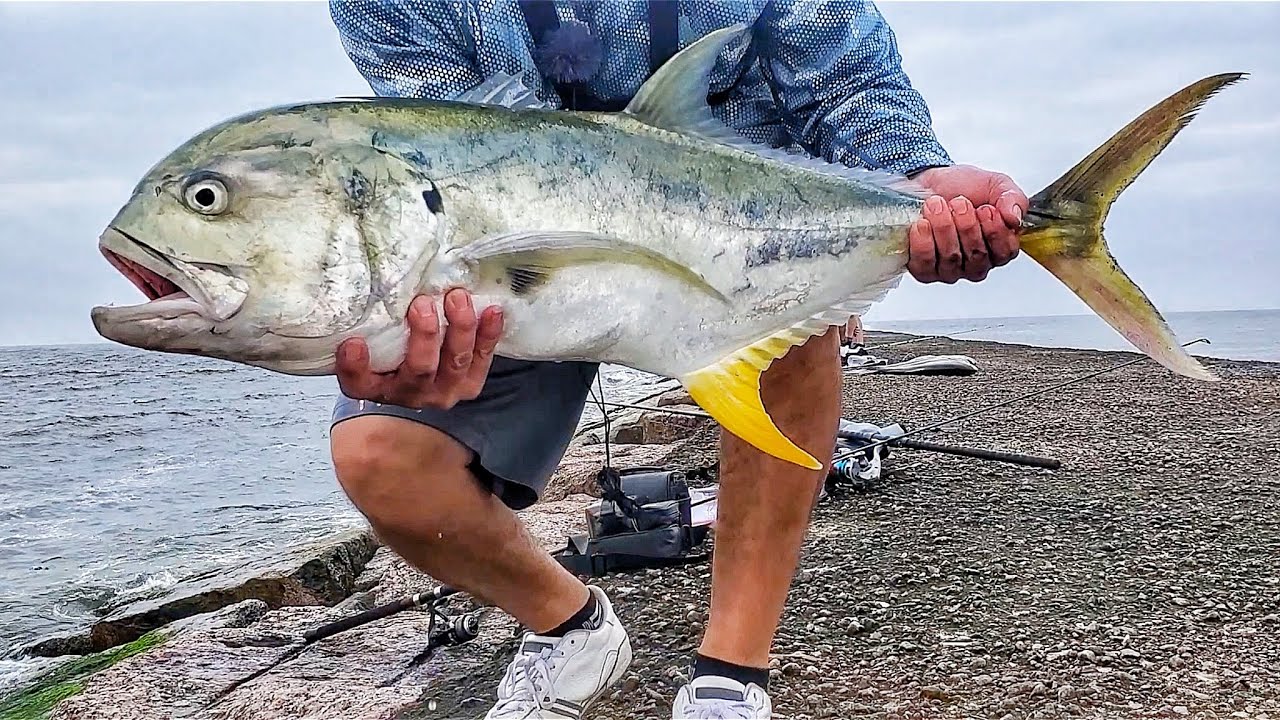Bluefin tuna fishing is one of the most exciting for sport fishermen. It is one of the largest fish for fishing trips and, of course, at the commercial fishing level it is one of the most sought after given the high demand it has at the gastronomic level.
Let's review in this post some of the generalities and characteristics of the Red tuna, as well as the various fishing techniques for this colossus of the sea.

Characteristics of bluefin tuna
- From the tuna family, bluefin tuna is also known as bluefin tuna.
- The largest specimens, known as giant red tuna, usually weigh up to 600 kg.
- Its area of distribution is the Mediterranean Sea and the Atlantic.
- They have a dark blue color on their back, making a gradient to the belly that then takes on a silver tone. This particularity makes it blend perfectly into its environment.
How to Fish Bluefin Tuna
Since it is an endangered species, bluefin tuna has a special regulation both in its commercial and artisanal fishing. Being demanded the activity in a sustainable way and looking for sport fishing to be catch and release.
Bluefin tuna commercial fishing
For fishing in industrial fishing vessels, the fishing techniques used are several, among them are:
- trawl net
- longline
- hand line
- trolling
- traps
The latter is usually the most used and one of the ones that causes the least stress to the pieces. The important thing is to use a sonar that detects the banks or aviaries; Once these are located, a net is launched that can cover up to 20 meters in the sea, what is sought is to capture the greatest number of pieces, but of the best sizes.
Bluefin tuna sport fishing
Sport fishing for bluefin tuna is one of the most required in charters and recreational fishing trips, yes, with the exception of doing this in a sustainable way in catch and release regimen when it is allowed in specific months of the year, since, in itself, bluefin tuna fishing is considered prohibited at a recreational level.
For sport fishing, one of the modalities that is usually used is the trolling, this because carrying the drag line allows to match the speed (11 knots maximum) of this tuna, facilitating its fishing.
Within the equipment that will be necessary to use to be able to get hold of this giant, we find the following, which, by the way, must always be specialized and of excellent quality:
- Equipment that supports weights around 60 kg is required.
- The rods can be perfectly in two sections and the length is estimated at 1,60 meters.
- the reeds of B They are usually made of high quality carbon and biofibers.
- The reels, like the rods, must be powerful, with a good brake and a capacity of up to 600 meters of lines.
- In turn, the thread must be a minimum of 0,60mm.
- Finally, as specific lures that really work, we can choose:
- Natural: sardines, anchovy and mackerel.
- Artificial: specialized lures for surface and bottom trolling.







